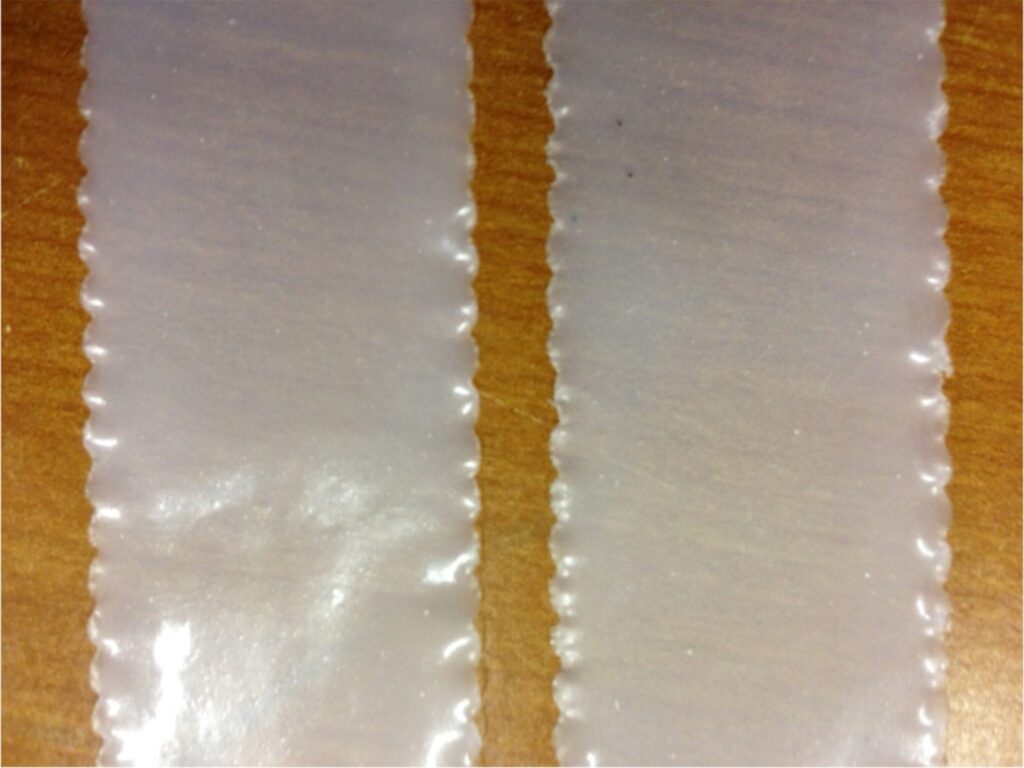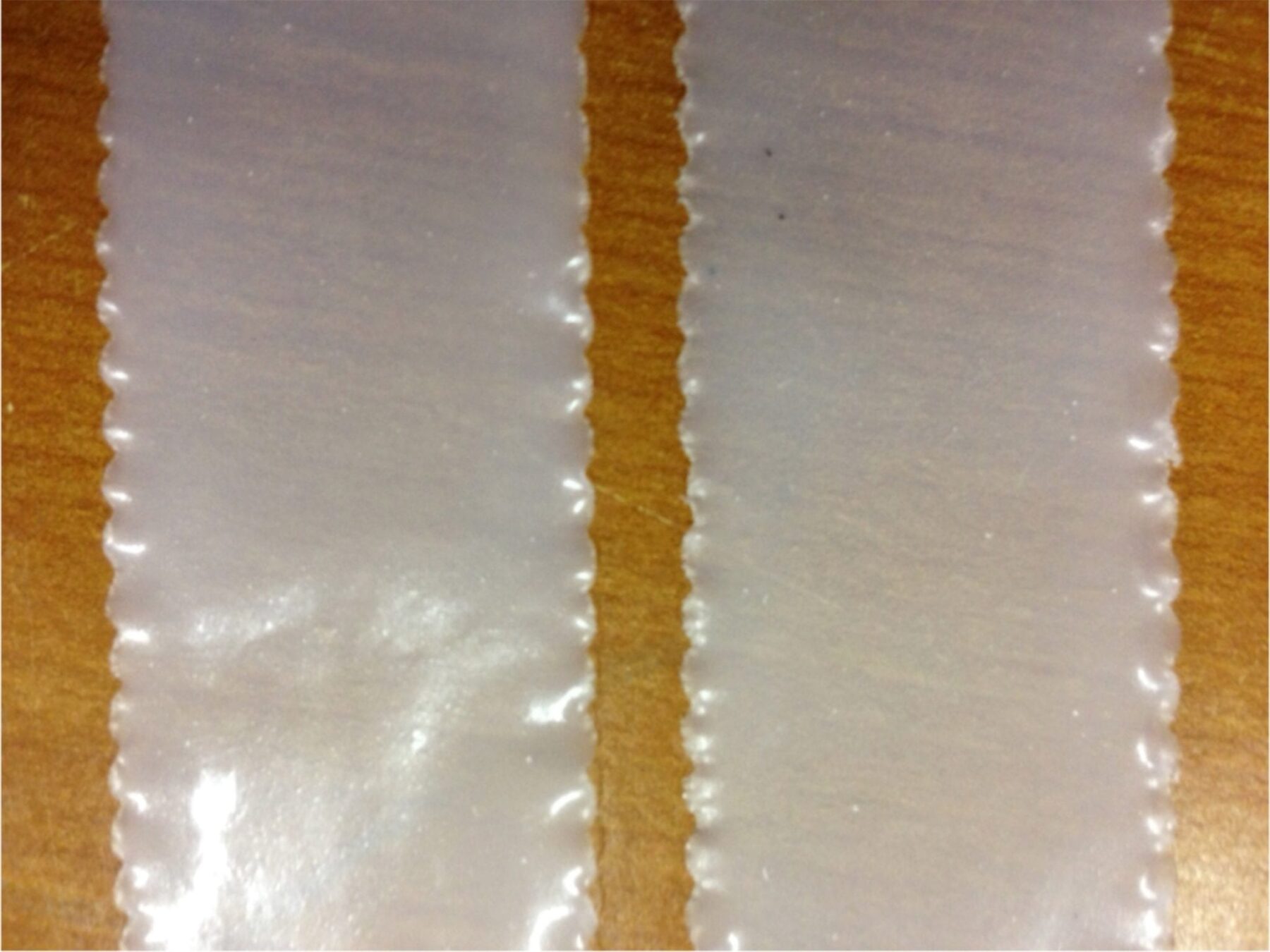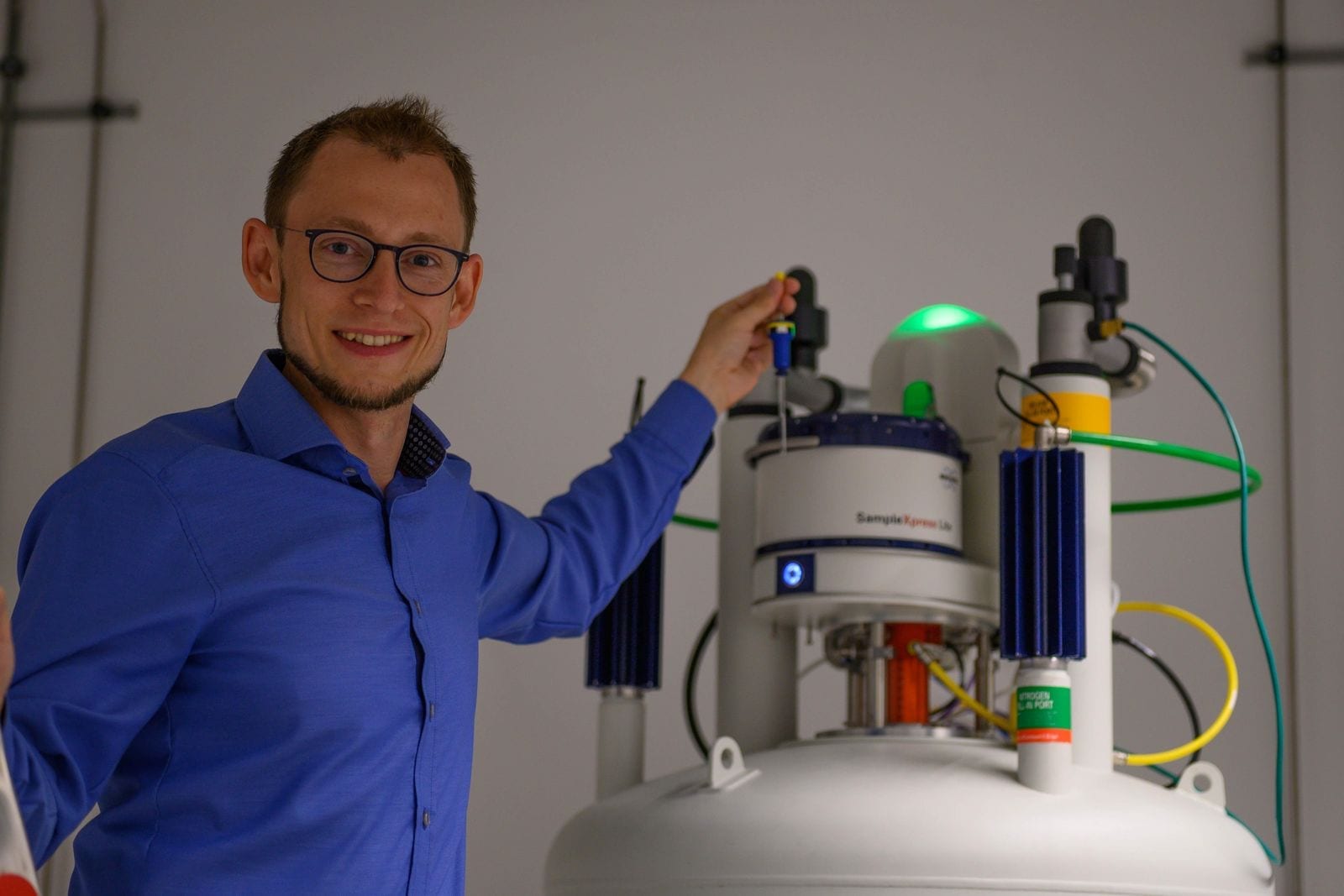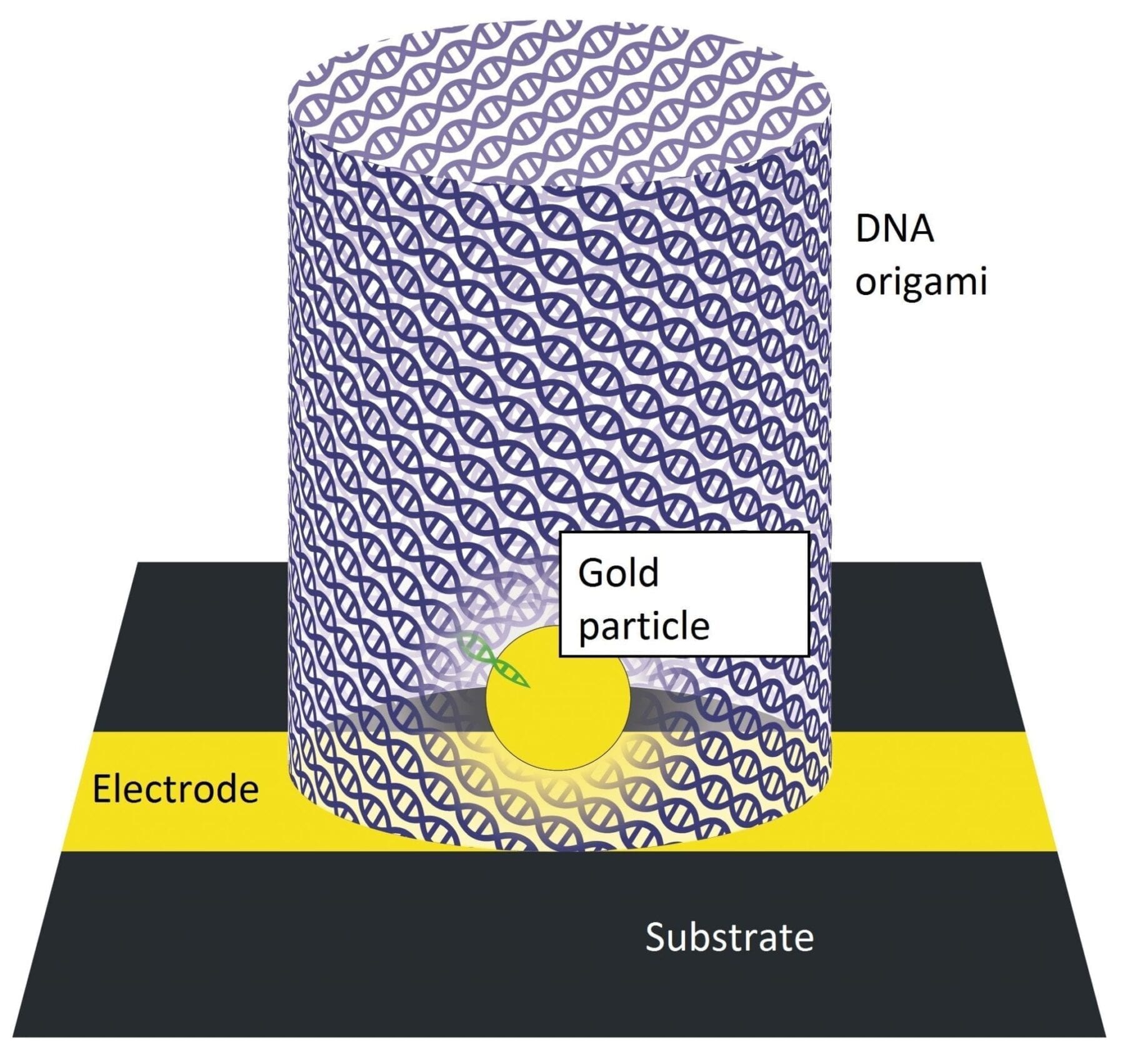
Credit: Vijaya Rangari/Tuskegee University
Eggshells are both marvels and afterthoughts. Placed on end, they are as strong as the arches supporting ancient Roman aqueducts. Yet they readily crack in the middle, and once that happens, we discard them without a second thought. But now scientists report that adding tiny shards of eggshell to bioplastic could create a first-of-its-kind biodegradable packaging material that bends but does not easily break.
The researchers present their work today at the 251st National Meeting & Exposition of the American Chemical Society (ACS). ACS, the world’s largest scientific society, is holding the meeting here through Thursday. It features more than 12,500 presentations on a wide range of science topics.
“We’re breaking eggshells down into their most minute components and then infusing them into a special blend of bioplastics that we have developed,” says Vijaya K. Rangari, Ph.D. “These nano-sized eggshell particles add strength to the material and make them far more flexible than other bioplastics on the market. We believe that these traits — along with its biodegradability in the soil — could make this eggshell bioplastic a very attractive alternative packaging material.”
Worldwide, manufacturers produce about 300 million tons of plastic annually. Almost 99 percent of it is made with crude oil and other fossil fuels. Once it is discarded, petroleum-based plastics can last for centuries without breaking down. If burned, these plastics release carbon dioxide into the atmosphere, which can contribute to global climate change.
As an alternative, some manufacturers are producing bioplastics — a form of plastic derived from cornstarch, sweet potatoes or other renewable plant-based sources — that readily decompose or biodegrade once they are in the ground. However, most of these materials lack the strength and flexibility needed to work well in the packaging industry. And that’s a problem since the vast majority of plastic is used to hold, wrap and encase products. So petroleum-based materials continue to dominate the market, particularly in grocery and other retail stores, where estimates suggest that up to a trillion plastic bags are distributed worldwide every year.
To find a solution, Rangari, graduate student Boniface Tiimob and colleagues at Tuskegee University experimented with various plastic polymers. Eventually, they latched onto a mixture of 70 percent polybutyrate adipate terephthalate (PBAT), a petroleum polymer, and 30 percent polylactic acid (PLA), a polymer derived from cornstarch. PBAT, unlike other oil-based plastic polymers, is designed to begin degrading as soon as three months after it is put into the soil.
This mixture had many of the traits that the researchers were looking for, but they wanted to further enhance the flexibility of the material. So they created nanoparticles made of eggshells. They chose eggshells, in part, because they are porous, lightweight and mainly composed of calcium carbonate, a natural compound that easily decays.
The shells were washed, ground up in polypropylene glycol and then exposed to ultrasonic waves that broke the shell fragments down into nanoparticles more than 350,000 times smaller than the diameter of a human hair. Then, in a laboratory study, they infused a small fraction of these particles, each shaped like a deck of cards, into the 70/30 mixture of PBAT and PLA. The researchers found that this addition made the mixture 700 percent more flexible than other bioplastic blends. They say this pliability could make it ideal for use in retail packaging, grocery bags and food containers — including egg cartons.
Learn more: Eggshell nanoparticles could lead to expanded use of bioplastic in packaging materials
The Latest on: Bioplastic
[google_news title=”” keyword=”bioplastic” num_posts=”10″ blurb_length=”0″ show_thumb=”left”]
via Google News
The Latest on: Bioplastic
- Understanding Herpes Simplex Virus: Transmission, Diagnosis, and Considerations in Pregnancy Managementon April 25, 2024 at 5:00 pm
Genital herpes simplex virus (HSV) infections are frequently asymptomatic or undiagnosed, but more than half the US population is seropositive for HSV, and about one-fifth are positive for HSV-2.
- Influenza A(H1N1)pdm09 Viruson April 24, 2024 at 5:00 pm
The authors are grateful to the Council of Scientific and Industrial Research (CSIR-CCMB), India, for encouragement and support for this work. NIH Awards (R37DA025576; R01MH085259) also support SK ...
- Computer Virus Simulatoron April 7, 2024 at 10:35 am
Computer Virus Simulator will wreak havoc on you safely in-game. Computer Virus Simulator takes you on a thrilling journey through the world of computer virus all wrapped up in a completely ...
- Hated and huntedon April 6, 2024 at 10:04 pm
He had heard about this type of computer virus and how dangerous it could be. But he never thought that he would be tricked into clicking on a wrong link. Now, as he read the ransom note ...
- A fungal pandemic is massacring frogs, but scientists just found a virus that could lead to a cureon April 5, 2024 at 11:15 pm
While examining the BD fungus to learn about weaknesses, they discovered a single-stranded DNA virus trapped within the genome of the fungus. Although this only applied to certain strains ...
- Monkey Bite Gives Man Rare Viruson April 5, 2024 at 8:41 am
A man is in critical condition after he was bitten by a monkey and contracted a rare but potentially lethal virus. The 37-year-old man was bitten by wild monkeys in Hong Kong's Kam Shan Country ...
- Man Attacked by Monkeys Catches Rare, Life-Threatening B Viruson April 4, 2024 at 5:00 pm
This week, local health officials reported a case of B virus in a 37-year-old man—the first ever reported in the region. Human B virus infections are rare, and they can be life-threatening ...
- Is Bird Flu Coming to People Next? Are We Ready?on April 4, 2024 at 5:00 pm
Unlike the coronavirus, the H5N1 virus has been studied for years. Vaccines and treatments are available should they ever become necessary. By Apoorva Mandavilli Bird flu outbreaks among dairy ...
- Hong Kong’s first monkey virus case – what do we know about the B virus?on April 4, 2024 at 5:00 pm
Hong Kong’s Centre for Health Protection has announced its first human case of B virus in a rare incidence of a virus being transmitted from animals to humans. The centre is urging the public to ...
- Bird Flu Detected in a Person in Texas: What We Know So Faron April 1, 2024 at 5:00 pm
A person in Texas has tested positive for the highly pathogenic avian influenza A virus (H5N1), also known as bird flu, the U.S. Centers for Disease Control and Prevention has confirmed.
via Bing News











